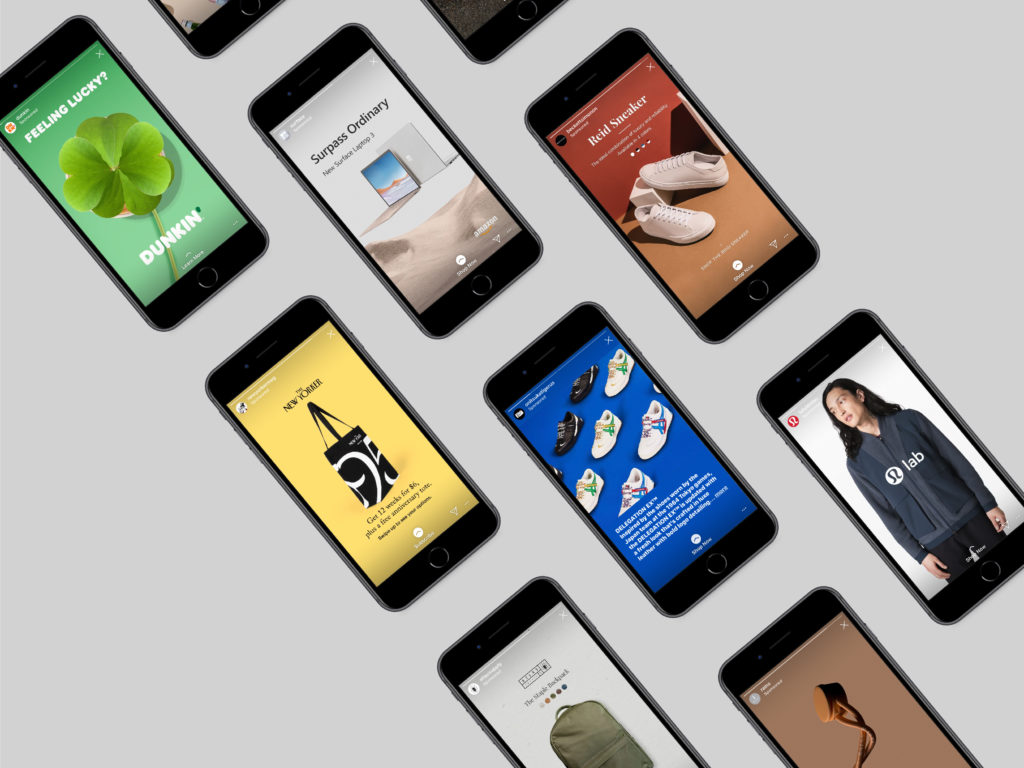
Over the past few weeks, I paid careful attention to many of the messages and communication I came across that attempted to persuade me in one way or another. Most notably, I decided to focus my analysis on advertisements — specifically on the social media platform, Instagram. Not only did I note some of the persuasive devices that these advertisements incorporated, but I also thought deeply about what was successful and what wasn’t in persuading me to take an action. Below are some of the pieces that stood out to me because of the techniques they incorporated or the ways they affected me.
_
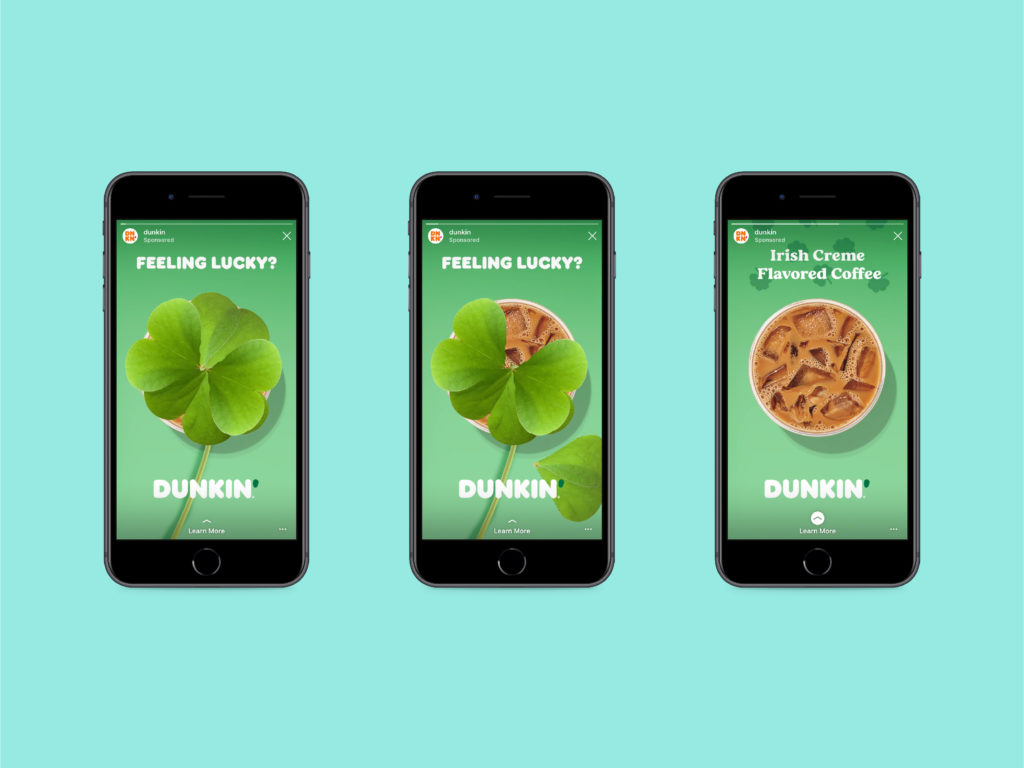
Mental Models/Associations: Similar to the activity in class where we brought in items and imagery associated with certain ideas, this advertisement associates Irish creme coffee with stereotypical Irish symbols such as shamrocks and St. Patrick’s Day.
_

Assumptive Discourse: These advertisements use discourse in a way that assumes some ideas are truths. In both of these cases, the advertisements imply that other products are completely ordinary and mundane, thus creating a platform for their products to stand out.
_
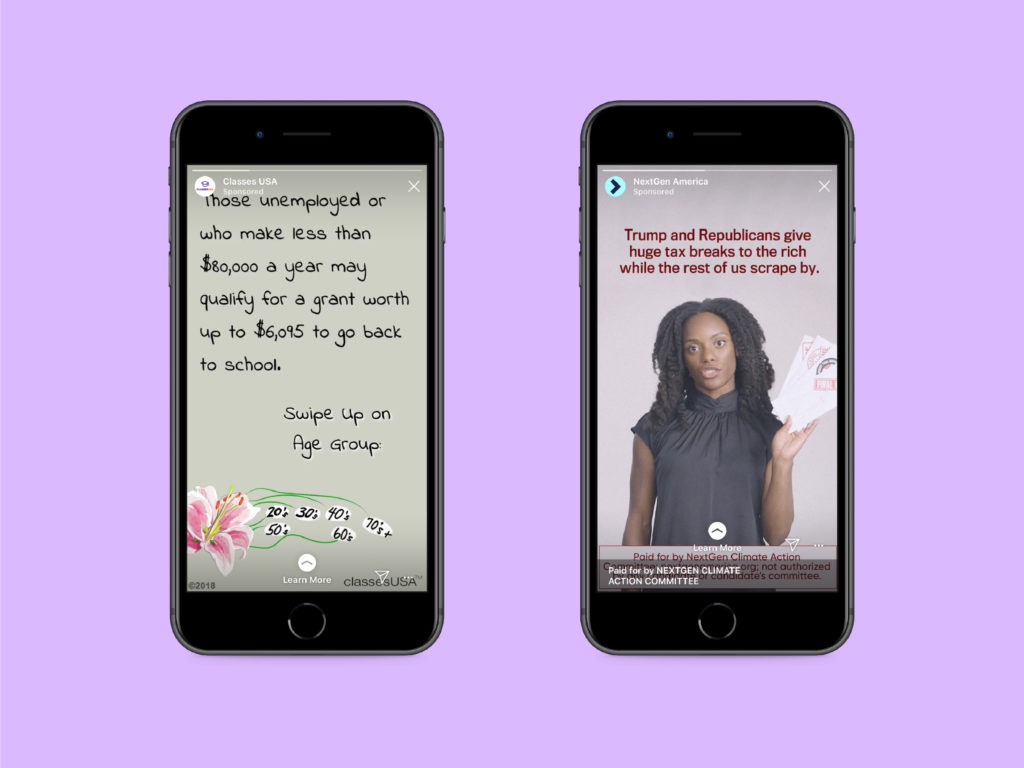
Syntax: Both of these advertisements use very intentional language and word choice in order to convey their messages. On the left, the “unemployed” are placed front and center in the subject; on the right, the phrase “the rest of us scrape by” carries a clear negative tone to it.
_
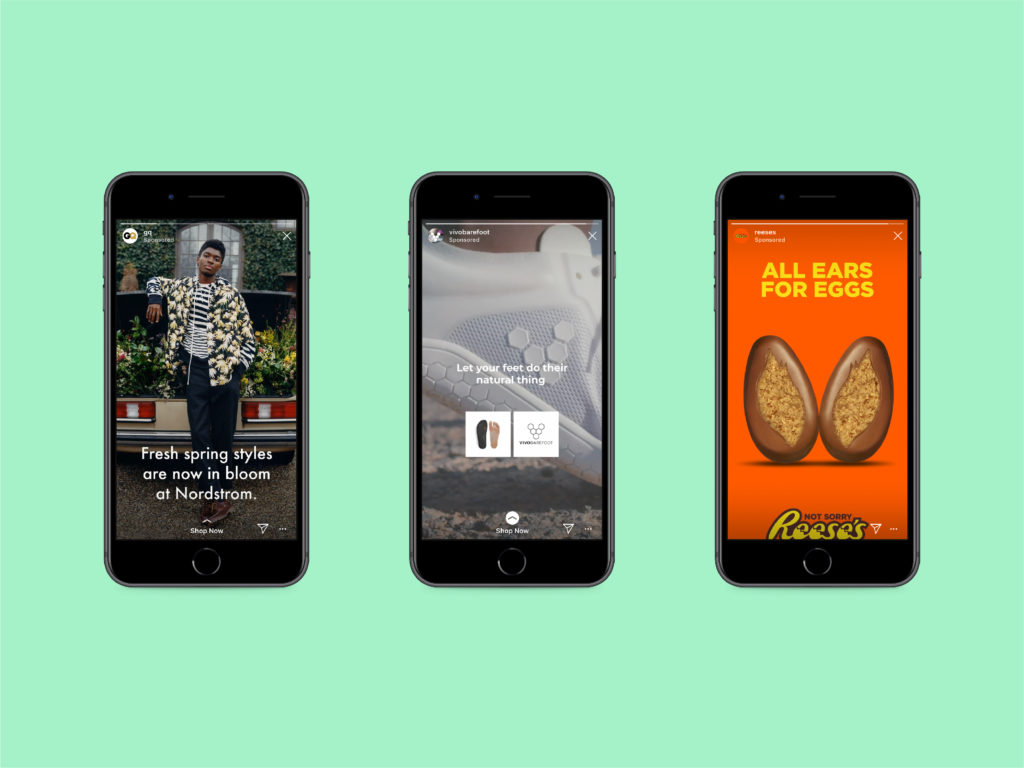
Personification: The above advertisements all use personification in order to give products and concepts a personality outside of how they exist in reality.
_
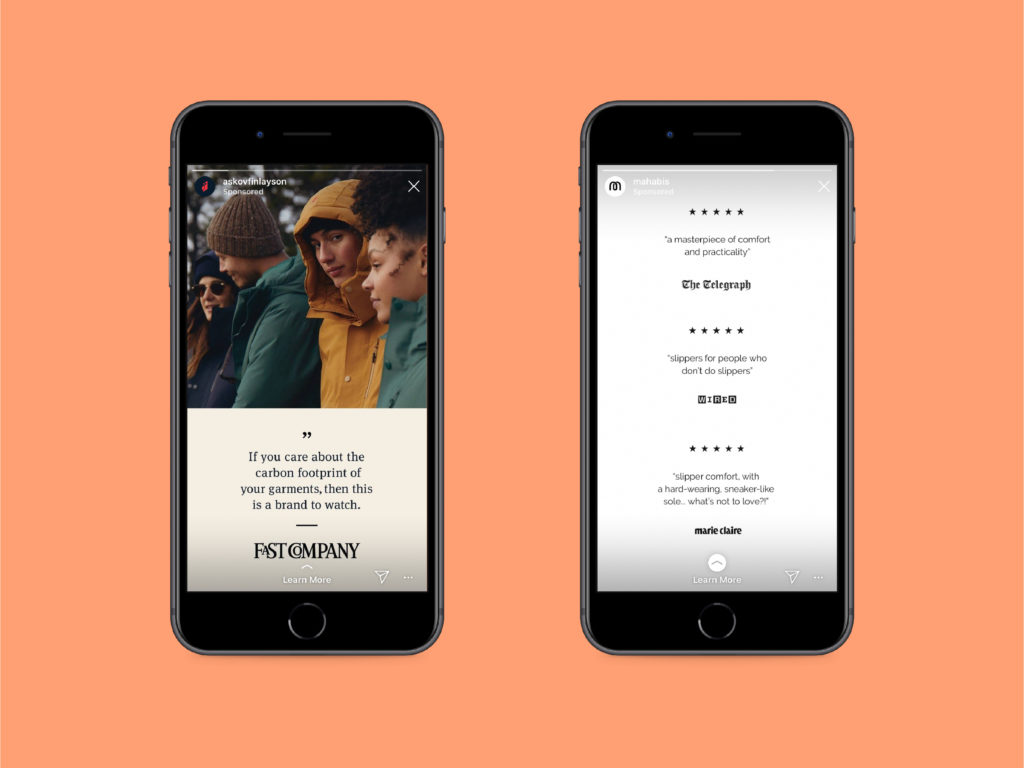
Ethos: These advertisements cite notable publications in order to add legitimacy to their products. The idea is that people will believe the product is good after seeing glowing reviews from sources they trust.
_
Reflection
While collecting these advertisements over the past few weeks, I was able to connect many of the concepts I saw to the lectures and activities we took part in during class. In addition, I was much more critical in noticing the things that caused me to (and caused me not to) take actions based on the advertisements.
One advertisement that stuck out to me was the Dunkin Donuts advertisement for their new Irish creme coffee drink. It reminded me a lot of the first activity we did in class where we were instructed to compare imagery related to various subjects in groups. One of the insights I gained from the class exercise was the stereotypical nature of many of the associations we made. During that exercise, we also attempted to defy these stereotypes in new concepts that we created with the goal of hopefully creating more compelling communication. In the public eye, culturally-specific stereotypes such as what Dunkin Donuts uses in this advertisements are often not very compelling — and sometimes even offensive. In the case of Starbucks’s 2018 controversial coffee cup, using such stereotypical imagery backfired severely.
I also noticed many rhetorical devices being used in these advertisements from metaphors to hyperbole. In the above examples, I noted three cases of personification that stuck out to me as being particularly effective. In the context that these Instagram advertisements are being presented, I found that personification does an effective job in standing out and catching the viewer’s (my) attention. I think this is because seeing the objects that are being advertised as living/something they are not brings a level of unexpected intrigue.
The overall effectiveness of these advertisements varied greatly over those that I paid attention to. Some advertisements simply called out to the fact that an online retailer had a sale without compelling animation, imagery, or even text. These advertisements were the ones that I didn’t even bother looking at further. On the other hand, other advertisements (such as many of the ones listed above) use persuasive methods that not only call attention to themselves, but provide a clear call to action that compelled me to want to learn more.
Advertisements are things that I come across countless times everyday — whether it be online, in print, or just going about my daily life. This activity helped to sensitize me not only to the methods and devices that advertisers use to persuade people to take actions, but also allowed me a medium to think critically about my personal thoughts and experiences when being persuaded.